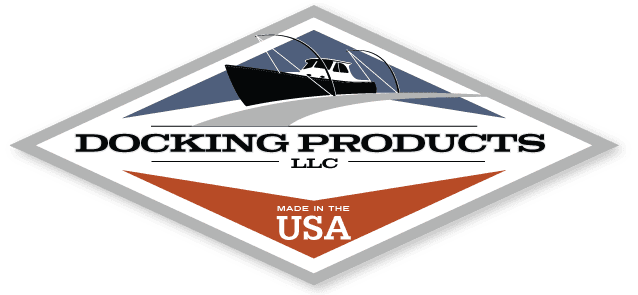 It is ok to leave your boat all winter at your dock except; if the water freezes. Here are some winter boat maintenance tips. Freezing water in time can crack your hull. Look what happened to the Peary Expedition. Put your boat as they say on the “hard” blocked properly and secure. Be sure to drain all the water from your plumbing and fill with anti-freeze. Drain the bilge, and store your batteries in a warm place if possible. If the water where you dock does not freeze it will still need some maintenance.
It is ok to leave your boat all winter at your dock except; if the water freezes. Here are some winter boat maintenance tips. Freezing water in time can crack your hull. Look what happened to the Peary Expedition. Put your boat as they say on the “hard” blocked properly and secure. Be sure to drain all the water from your plumbing and fill with anti-freeze. Drain the bilge, and store your batteries in a warm place if possible. If the water where you dock does not freeze it will still need some maintenance.
If your boat is not being used much especially in salt water growth will build on the hull. In salt water “zinks” or aluminum sacrificial anodes should be attached to all the exposed metal parts. Due to electrolysis, the exposed metal will corrode. Zinks will corrode first so keep an eye on them and replace when necessary. It is best that they are attached to the raw metal surfaces sanding the surface removing paint and contaminants before they are applied. They must be securely fastened with stainless steel hardware.
The hull should be painted using anti-fouling paint at least once every two years. I recommend spending a little more for a good quality paint, it will do a better job, and last longer, saving money in the long run. I recommend a minimum of two coats. Anti-fouling paint will prevent organic growth which will slow the speed of your boat drastically, putting severe stress on your engine as well as pitting which will deteriorate the fiberglass. You should also paint any metal under water especially getting deep into thru-hull fittings. The paint line should be two inches above the water line in case you add some weight to your boat. Two coats are recommended every two years for most standard paint. High-pressure washing will remove the previous coat and it loses its effectiveness after two years. The alternative to painting the bottom which can be costly is to have it scraped by a professional diver. Depending on your location and the amount of growth that accumulates, once a month is usually recommended. I might add that does not stop the fiberglass corrosion from the little creatures. To scrape a small boat, and they charge by the foot, is about $80.00. Also depending on the amount of growth.
Flushing your engines is very important in salt water and should be done not only when storing but after each time you run the engine. Some engines inboard and outboards are equipped with flushing hardware so you just need to connect a fresh water hose and run, usually about five minutes at 1,000 RPM. Others without the connections are more difficult. Engine flushing “ear muffs” can be used where the water intake is located on the lower unit of the outboard or out drive. That is very difficult to do if not impossible when the boat is in the water. Try this; attach a broom handle to the “V” of the ear muffs securely attach the hose and from the boat you may be able to slip the ear muffs over the water intake ports, turn on the hose and run the engine, trim the engine raising the out drive out of the water then removing the ear muffs. Sounds like a lot of work and it is. I have done it, but it may prevent eventual over heating from restricted passageways due to salt water corrosion. I recommend a product called “SaltAWay” every few months works great. I also recommend running all your pumps especially those not used much it keeps the motors from seizing and the pumps from corrosion. Trim tabs should also be left in the up position to prevent growth on the piston rods. Maintenance is work but it protects your investment and allows you to better enjoy boating.

